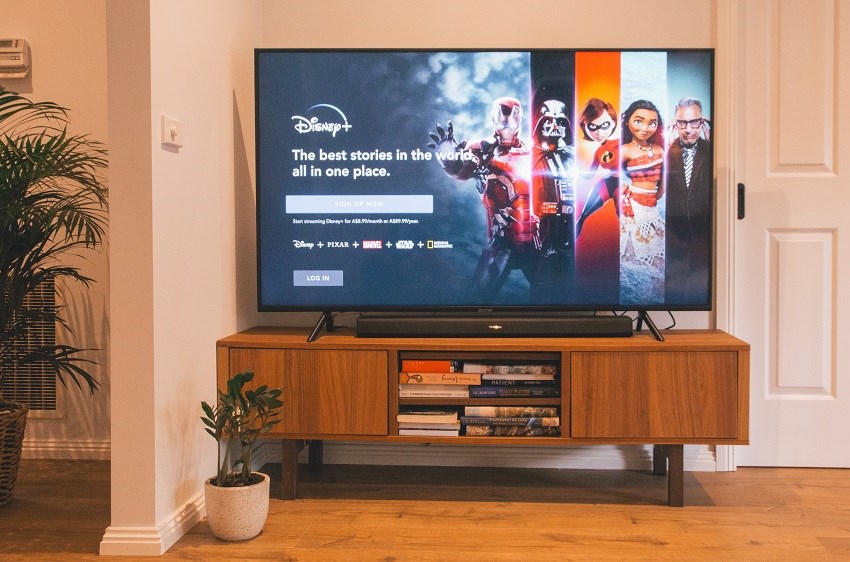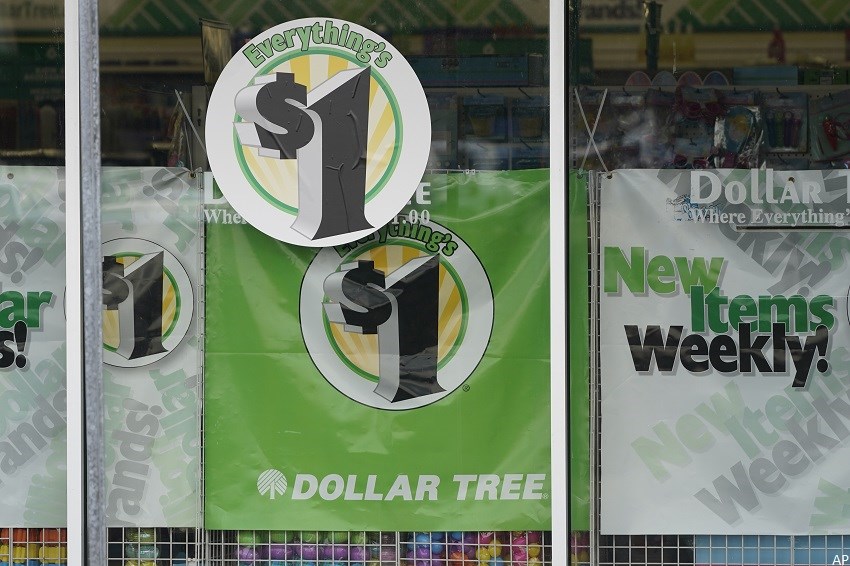
As warmer weather rolls around, people tend to get more active, spending a greater amount of time outdoors working on their health and fitness. Not surprisingly, around this time of year, companies that sell activewear start gearing up to offer new clothing collections and designs in response to demand growth.
Seeing the potential of the fast-growing athleisure market, retail giant Walmart recently decided to join the fray with its own activewear line in partnership with high-profile fashion designers. Riding the pandemic wave, the activewear market lept from US$52.3 billion in 2019 to US$70.8 billion in 2021, a 35% jump during the two-year period, according to the NPD Group, a data and analytics firm.
The following companies are tapped into the booming athleisure market with clothing lines that blend street fashion and fitness. Their stocks represent an attractive investment opportunity given their current valuations as well impressive product mix that positions them well to capitalize on the secular growth trend.
Leading sports apparel firm Adidas (ADDYY) produces and sells athletic and leisure apparel, footwear, accessories, and sports equipment globally. Under its eponymous brand, it sells apparel for competitive athletics, casual activewear, and casual fashion. Its other fashion brands include Yeezy, Ivy Park, and Y-3.
The second-largest athletic apparel company in the world, behind Nike, Adidas suffered its share of pandemic impact but continues to enjoy strong brand power. “Although impacted by the pandemic and supply issues, the firm has overcome weakness in U.S. physical retail in the last few years,” says a Morningstar equity report.
The German sportswear brand has gained a North American market share through fashion products and performance-sports innovations. “These products will allow it to maintain share even if the recent athleisure and retro trends cool off,” says Morningstar equity analyst David Swartz forecasts “continuing growth for Adidas in North America,” which accounted for 24% of 2021 sales.
Adidas also has a strong opportunity in the athletic apparel market in China, the world’s second-largest after the U.S. “The firm's sponsorship of international football (soccer) puts it in a position to benefit from heavy investment in the sport in China,” notes Swartz, who recently lowered the stock’s fair value to US$115 from US$117 per ADR, due to appreciation of the euro versus the U.S. dollar.
He forecast the company’s China sales to rise to EUR 6.9 billion in 2025 from EUR 4.6 billion in 2021. Further, Adidas is making a strong push into e-commerce, which accounted for 19% of Adidas’ 2021 sales and is projected to represent 42% of its sales in 2031.
VF Corp (VFC) makes and sells branded apparel and accessories in action sports, outdoor, and workwear categories. The firm’s portfolio of about 15 brands includes popular names such as Vans, The North Face, Timberland, Supreme, and Dickies. VF sells its products in the Americas, Europe, and Asia-Pacific through e-commerce, branded stores and retailers.
Vans has grown from its roots as an action sports brand into an everyday brand. “Through dispositions and additions, VF has built a portfolio of strong brands in multiple apparel categories,” says a Morningstar equity report, adding that three brands (Vans, Timberland, and The North Face) account for about 80% of its sales.
Despite short-term disruption from the coronavirus pandemic and economic weakness in China, VF is projected to “grow faster than most competitors in the long run and maintain its competitive edge,” the report adds.
VF actively manages its portfolio of brands through acquisitions and divestitures. “The active management of its brand portfolio allows VF to replace weak, no-moat brands with others that have moat potential, allowing it to focus its marketing, distribution, and innovation efforts on its highest-return opportunities,” notes Swartz, who recently upped the stock’s fair value to US$68 from US$66.
Like its bigger peers, Vans offers customization options that are very popular among younger customers. While the company has been struggling with some product shortages, higher costs, and inconsistent demand in China, “its sales and profit margins have mostly recovered from the worst of the pandemic,” contends Swartz.
American retail behemoth Walmart (WMT) operates over 11,400 stores under 54 banners, selling a variety of general merchandise and grocery items. The U.S. accounted for 78% of sales in 2021, with Mexico and Central America (6%) and Canada (4%) its largest external markets.
The company also operates several e-commerce properties apart from its eponymous site, including Flipkart and shoes.com. E-commerce accounted for about 12% of 2021 sales.
The big-box retailer recently boosted its athleisure offerings bylaunching an activewear and swim line, in partnership with fashion and fitness couple Michelle Smith and Stacey Griffith. The retailer has been steadily boosting its presence in the athleisure market through strategic tie-ups.
However, Walmart gets the majority of its annual revenue from its grocery business,
“With unrivalled scale, prodigious procurement strength, a strong brand, and a growing e-commerce platform, Walmart is the only American retailer that can compete comprehensively with Amazon’s retail offering,” says a Morningstar equity report.
While the retail competition has been intensifying, with Amazon disrupting the industry, Walmart is able to hold its own. With its cost leverage that helps keep prices low, “Walmart should be able to compete aggressively, particularly for the roughly 50 million households we estimate do not subscribe to Amazon Prime, a proposition solidified by its introduction of the Walmart+ membership program,” asserts Morningstar equity analyst Zain Akbari, who recently raised the stock’s fair value from US$136 to US$145, incorporating strong third-quarter earnings.
Walmart’s wide moat is underpinned by intangible assets and a durable cost advantage which make it uniquely positioned to compete with the digital juggernaut Amazon head-on.























